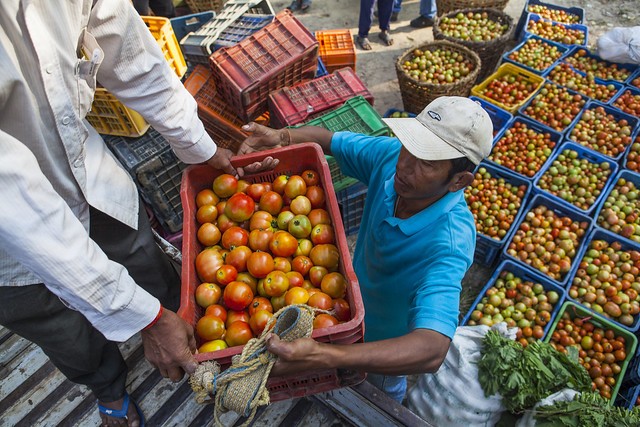- What We Do
- Agriculture and Food Security
- Democracy, Human Rights and Governance
- Economic Growth and Trade
- Education
- Environment and Global Climate Change
- Gender Equality and Women's Empowerment
- Global Health
- Humanitarian Assistance
- Transformation at USAID
- Water and Sanitation
- Working in Crises and Conflict
- U.S. Global Development Lab
Speeches Shim

Delivering Results
By bringing partners together to invest in agriculture, resilience and nutrition, Feed the Future has helped millions of families around the world lift themselves out of hunger and poverty.
The following reflect progress made in the places where Feed the Future works:
- 23.4 million more people now live above the poverty line (estimate)
- 3.4 million more children are living free from stunting (estimate)
- 5.2 million more families are no longer suffering from hunger (estimate)
- 1,000+ innovations developed and deployed
- $3.5 billion In financing for food security unlocked (2011-2018)
- $13.7 billion generated by in new agricultural sales (2011-2018)
For more information, please read Feed the Future’s annual progress snapshot. Curious as to how we got this data? Check out our rigorous Feed the Future monitoring, evaluation and learning approach and related resources.
Accelerating and Protecting Progress
Global action on food security across the past decade has yielded results, but future progress is not assured. The biggest challenge, and opportunity, in the next decade and beyond will be accelerating progress and securing the gains already made.
Agriculture remains the most effective pathway out of poverty for the world’s poorest and remains core, along with nutrition, to Feed the Future’s efforts to end global hunger. Resilience is increasingly important as well, to protect and accelerate progress in an increasingly complex and challenging world.
Ultimately, investing in long-term solutions to food security today will advance countries in their journeys to self-reliance.
Visit the Vision and Strategy webpage for more information on how the initiative and USAID are adapting to meet the challenges of a changing world.

Comment
Make a general inquiry or suggest an improvement.